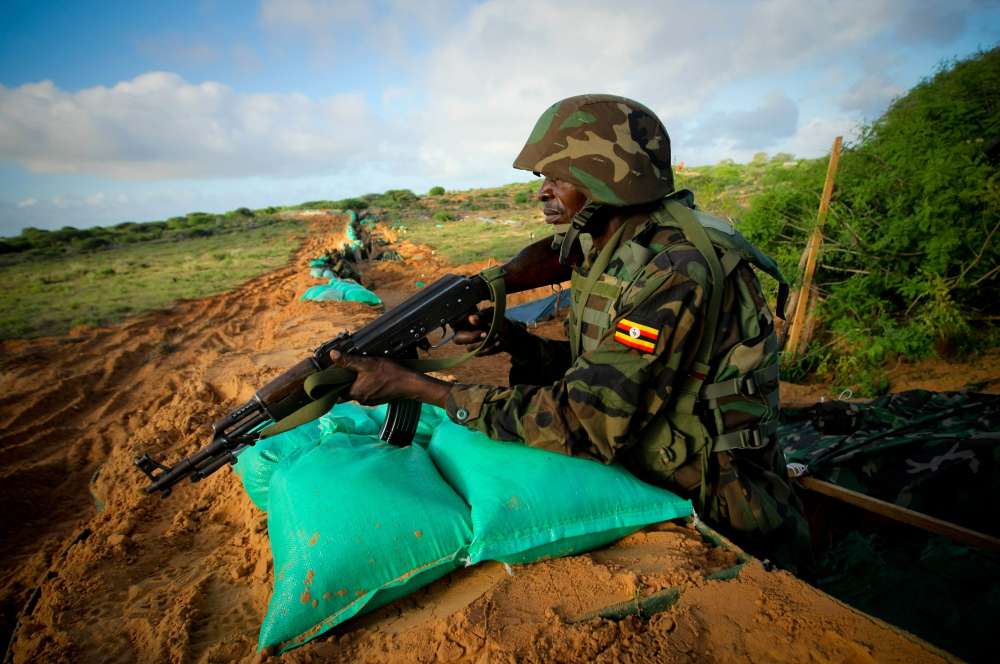Ten Years On: The African Union Peacebuilding Framework & the Role of Civil Society

Since its inception in 2001, the African Union (AU) has steadily expanded its normative frameworks and political missions across the continent. Unlike the Organisation of African Unity’s (OAU) interventions, which were substantially impeded by its principle of non-interference, the AU has adopted a non-indifference principle and has also opened itself up to greater engagement with a diverse range of actors: from multilateral agencies and international financial institutions to the private sector and, most critically, civil society organizations.
This transformation marked a shift from a largely state-centric model to one of human security, underpinned by a decentralization agenda that aims to protect citizens from the grotesque excesses of states’ (in)actions which violate their rights. A key example of this transformation is illustrated by the African Peace and Security Architecture (APSA), which provides the AU with an important tool for overseeing and supporting states in their peace consolidation efforts through extended political engagement and military ground presence.
This paper traces these developments and provides suggestions on how to further strengthen AU peacebuilding approaches and the engagement of civil society organizations. The first section assesses the institutional and normative underpinnings of the AU peacebuilding framework and its refinement over time. Section two highlights various channels that civil society organizations (CSOs) can leverage in order to support or engage with the work of the AU’s Post-Conflict Reconstruction and Development (PCRD) framework as well as its shortcomings. The final section presents ideas for how the AU and CSOs can strengthen their collaboration in the area of peacebuilding.
…
The full paper is available for download.
This publication is a joint output of the African Policy Circle.







